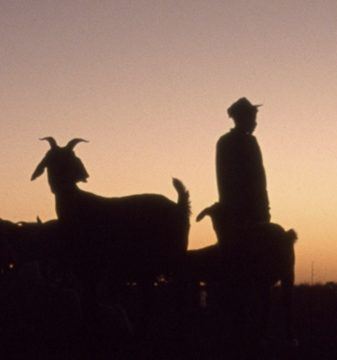Manvir Singh in Aeon:
 When the anthropologist Irven DeVore suggested in 1962 to then-graduate student Richard Lee that they study hunter-gatherers, neither expected to transform the modern understanding of human nature. A baboon expert, DeVore mostly wanted to expand his research to human groups. Lee was searching for a dissertation project. Being interested in human evolution, they decided not to study peoples in the Americas or Australia, as was the norm in hunter-gatherer studies. Instead, they looked for a site that was, in Lee’s words, ‘close to the actual faunal and floral environment occupied by early man’. So, they headed to Africa – specifically, to the Kalahari.
When the anthropologist Irven DeVore suggested in 1962 to then-graduate student Richard Lee that they study hunter-gatherers, neither expected to transform the modern understanding of human nature. A baboon expert, DeVore mostly wanted to expand his research to human groups. Lee was searching for a dissertation project. Being interested in human evolution, they decided not to study peoples in the Americas or Australia, as was the norm in hunter-gatherer studies. Instead, they looked for a site that was, in Lee’s words, ‘close to the actual faunal and floral environment occupied by early man’. So, they headed to Africa – specifically, to the Kalahari.
Twice as big as California and, in places, three times as dry, the Kalahari is a red, scorched scar that yawns across Botswana and Namibia. It’s a brutal place. For nine months a year, the sun tortures the earth. There are no clouds and, with the exception of great scraggly baobabs, no tall trees that provide shade. When in 2013 the travel writer Andrew Evans visited Tau Pan, a settlement in the eastern Kalahari, he said it looked like ‘the deadest part of our planet’.
But appearances can be deceiving.
More here.
